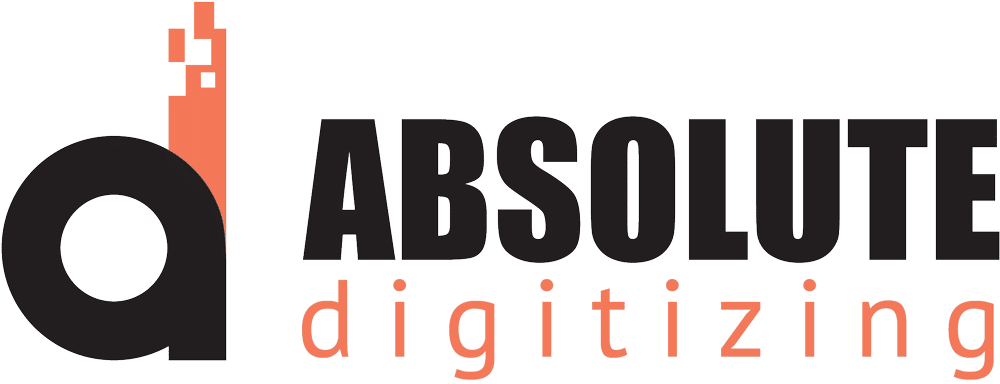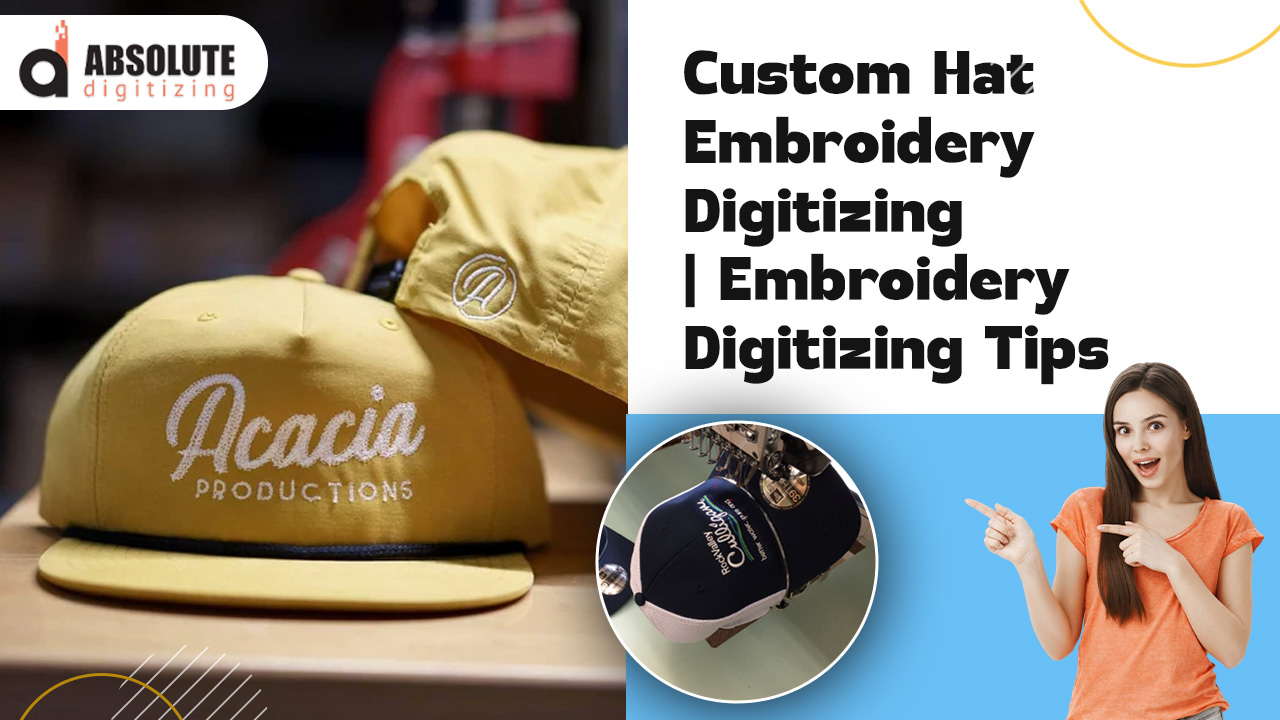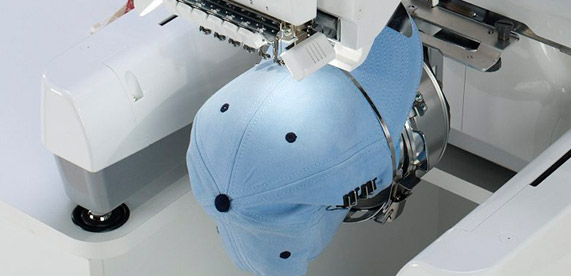If you have dealt with caps before, you should have known that dealing with custom hat embroidery is fairly different as compared to embroidering on flats. Probably, you are here because custom hat embroidery digitizing got on you and you are currently stuck. Or it’s your first time dealing with custom embroidery digitizing, in either case, following tips are going to be of great help.
The primary root of concern is the structure of a hat. The lid, different panels, and circularly wired structure induces a fair bit of complexities for the embroidery digitizer. These considerations must be kept at the forefront. Otherwise, no matter how elegant a design looks on software, it’s going to mess things up during the sew-out. As far as custom hat embroidery production stage is concerned, we have already got you covered.
See here: Custom Hat Embroidery – Challenges, Problems, and Solutions
Structure Of Hats For Custom Embroidery Digitizing:
As mentioned before, it is vital for an embroidery digitizer to thoroughly understand the structure of a cap or hat. It is quite possible that a design might work great on a flat object, but the same totally mess up on a hat. There are various reasons that contribute to this.
To start things off, hats and caps cannot be hooped like flat objects. This implies that embroidering on caps is intrinsically less stable. It is not that there are no hoops for caps and hats. Even if they are there, cap hoops fail to provide a similar level of stabilization as compared to flat objects that are hooped. The most popular cap hoops only stabilize the bottom of caps. Basically, in the shape of a circular shell, these hoops go inside and behind the front of the cap. It is supported by a cable that clings around the base which means that other than the base, other areas of caps are not adequately stabilized when mounted on an embroidery machine.
What this means for you as an embroidery digitizer is that you cannot start custom hat embroidery digitizing from the top. It is so because the top of a hat is already unstable. Consequently, a design should be digitized from bottom to top. Otherwise, you are messing up with least stable part of a hat due to which results can be terrible. Prior embroidery on the bottom of a hat will provide additional stability, while the top is embroidered.
High-Quality Custom Embroidery Digitizing In Just One Day- For An Unbelievable Price Of $1/1000 Stitches
Similarly, caps having seams at the center are susceptible to puckering and stitch gaps if stitches from one end, through the center, and to the other end. In this case, the thread may push against the seam. This problem magnifies once we are using fill stitches. The way out for an embroidery digitizer is to start a design from the center and move out from there. If not dealt appropriately, this problem can cause stitching gaps in the seam area.
Dealing Distortion And Warping In Custom Hat Embroidery Digitizing:
Another issue that often comes in the way during custom hat embroidery digitizing is the distortion of the design when embroidered. The problem is most evident when an embroiderer is trying to sew a circular logo on the front of the cap. If the distortion issue is not addressed during custom embroidery digitizing, it will give an oval-shaped sew-out instead of a circular one.
During embroidery digitizing, include a proper underlay. The problem of distortion can be minimized to a negligible level this way. Many a time, merely including an edge-run underlay would be sufficient. Similarly, increasing the pull compensation is also helpful in minimizing the distortion of the design. The better the underlay during the digitizing stage, minimum will be the problem of distortion during the sew-out.
Another common problem during custom cap digitizing is warping of the designs. For the same example (circular logo), warping problem would cause the top of the circle to shrink and base to expand, pretty much like an egg-shaped design. In such cases, rarely, a digitizer can do anything. The best an embroidery digitizer can do is to shrink the design to minimize the effect.
Design Size Considerations During Custom Hat Embroidery Digitizing:
Design size on a flat object is not an issue worth worrying. But when we are talking about caps and hats, the size of embroidered design now becomes a substantial issue. To start things off, size determination of a custom embroidery design is tricky business. There is no hard and fast rule for this. Still, we have got some tips to make things easier for a custom embroidery digitizer.
For front side, try to keep designs small. The maximum height that you should aim for is 2 inches. Of course, it can vary a little. This and other following figures are a rule of thumb for anybody who is completely clueless about where to start. With width, you are relatively flexible to play in the range of 3.5 inches to 4 inches. These figures are reasonable for most hats.
These are just some custom hat embroidery digitizing tips that you should remain mindful, next time you are digitizing a design on a hat. As a custom embroidery digitizer, better will be your understanding of the structure of a particular, better are your chances of getting its design right. Obviously, that comes with the experience. In the meantime, make good use of aforementioned tips and considerations.
For high-quality custom embroidery digitizing with unmatched support, feel free to reach us anytime. Get embroidery digitized designs, in just one day for an unbeatable price of $1/1000 stitches.



